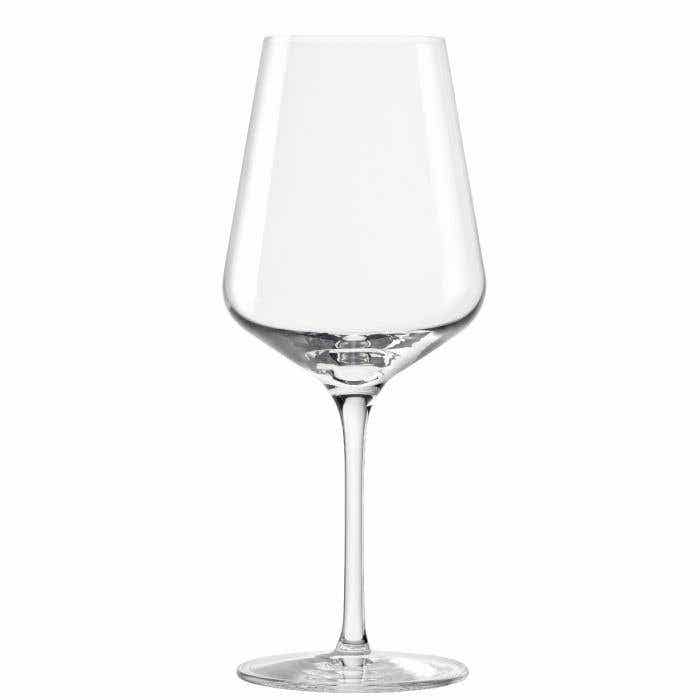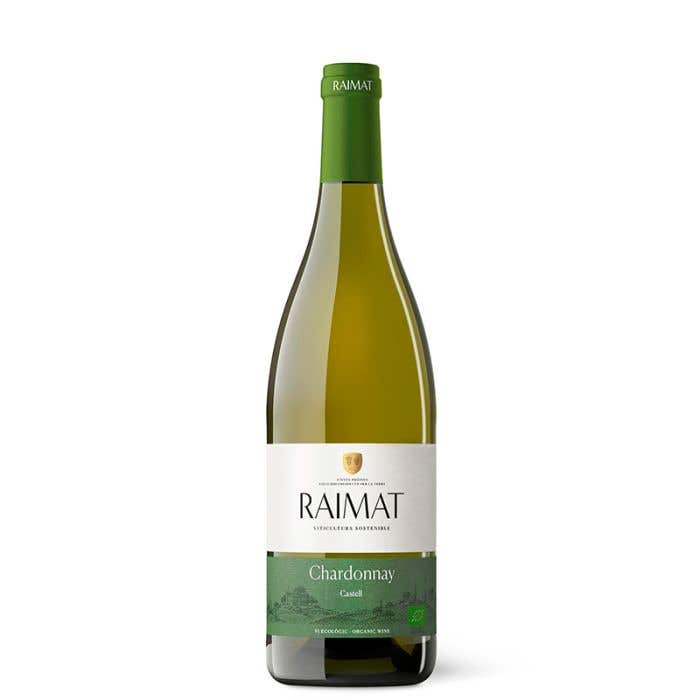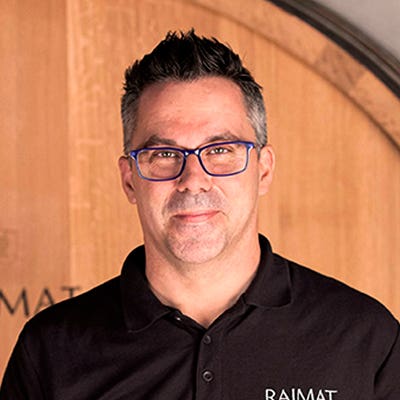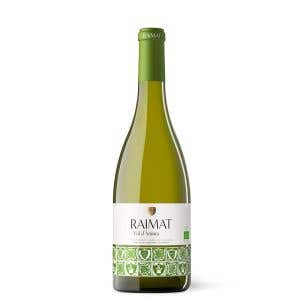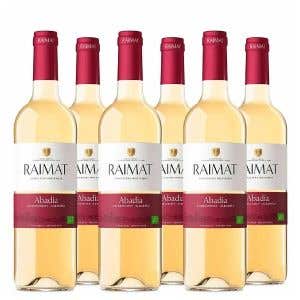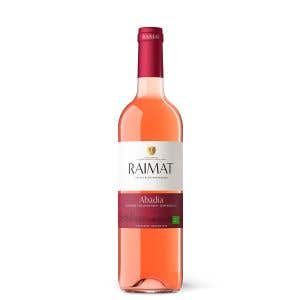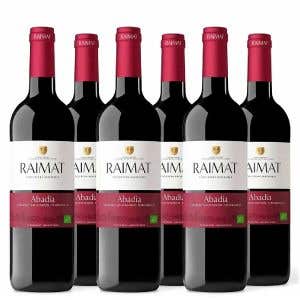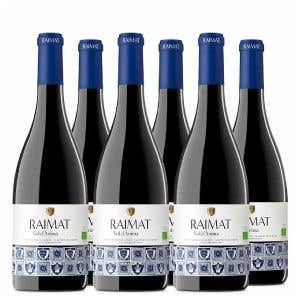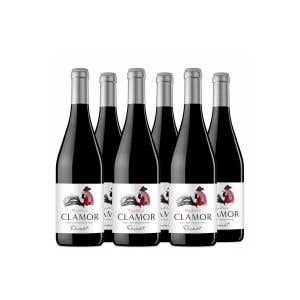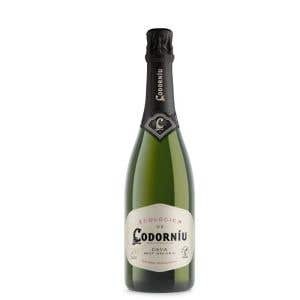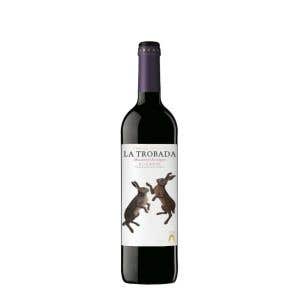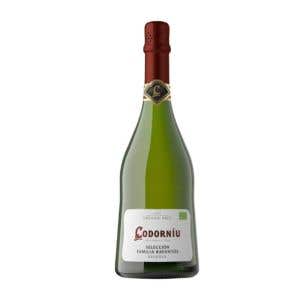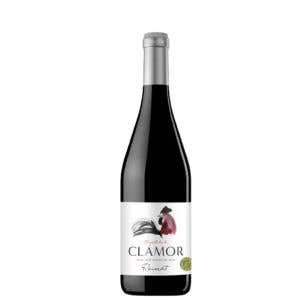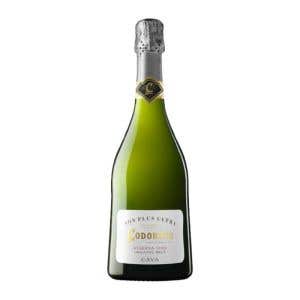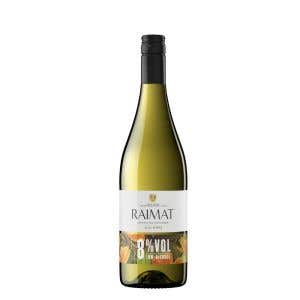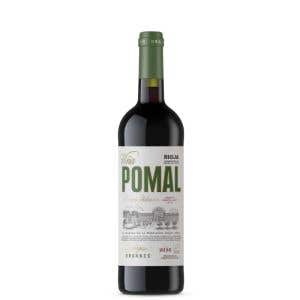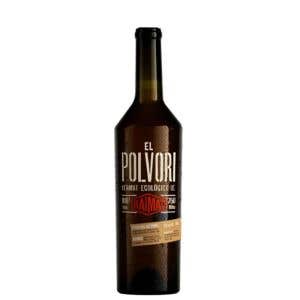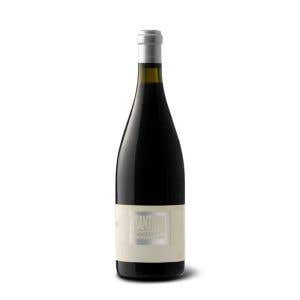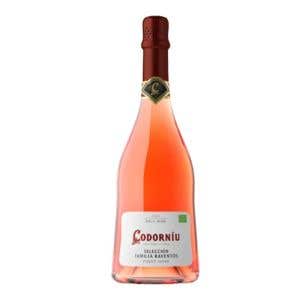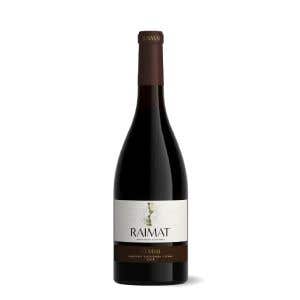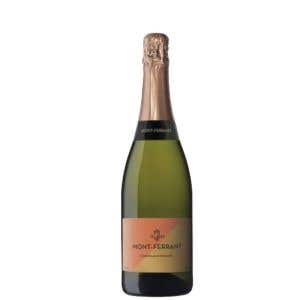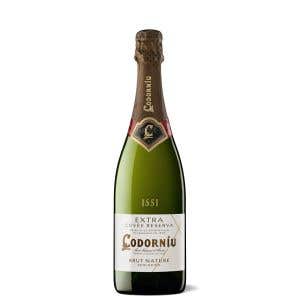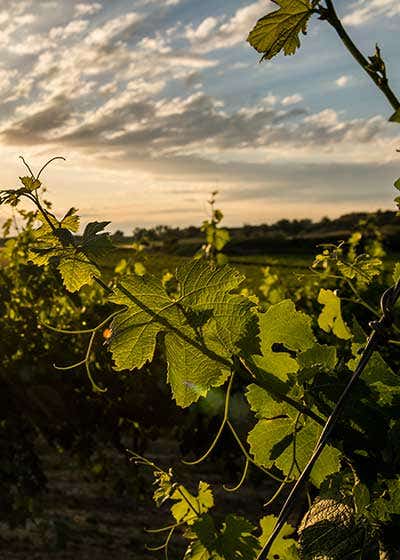

The oldest winery in the D.O. Costers del Segre has been making Raimat Chardonnay wine since the 1970s. Since then, the Chardonnay used to make it has become Raimat's iconic grape variety, perhaps due to the multitude of international awards that it has obtained since its launch. This wine made from 100% organic grapes will captivate you due to the perfect combination of citrus and tropical fruit notes that it displays.
Awards
View
Bright yellow color intense and with greenish reflections. Dense tear that denotes a structured wine.
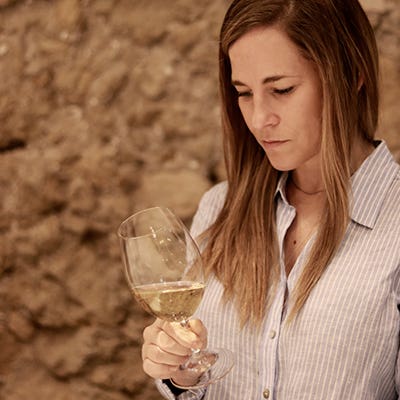

Nose
High aromatic intensity. Aromas to melon, peach, nectarine and lychees. Subtle notes of tropical fruit intertwined with citrus notes that bring great freshness.
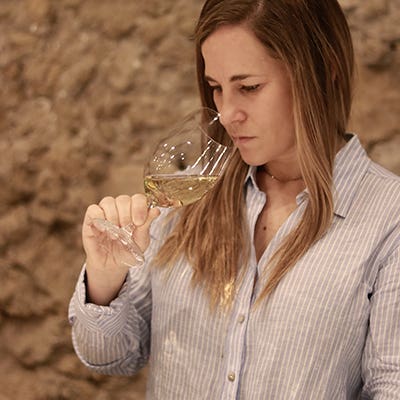

Palate
Round entrance, which shows the structure of the wine. Very good balance between volume, acidity and length, while exalting citrus and tropical notes in the mouth.
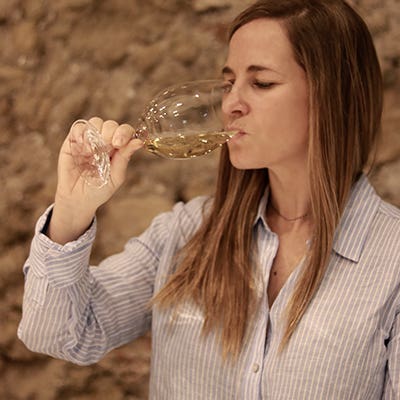

Varieties and Analysis
Yes
Contains sulfites13%
Alcohol volume (%)D.O. Costers del Segre
Designation of OriginChardonnay
Variety/CoupageWhite wine
ProductYes
Suitable for vegansThe Winery
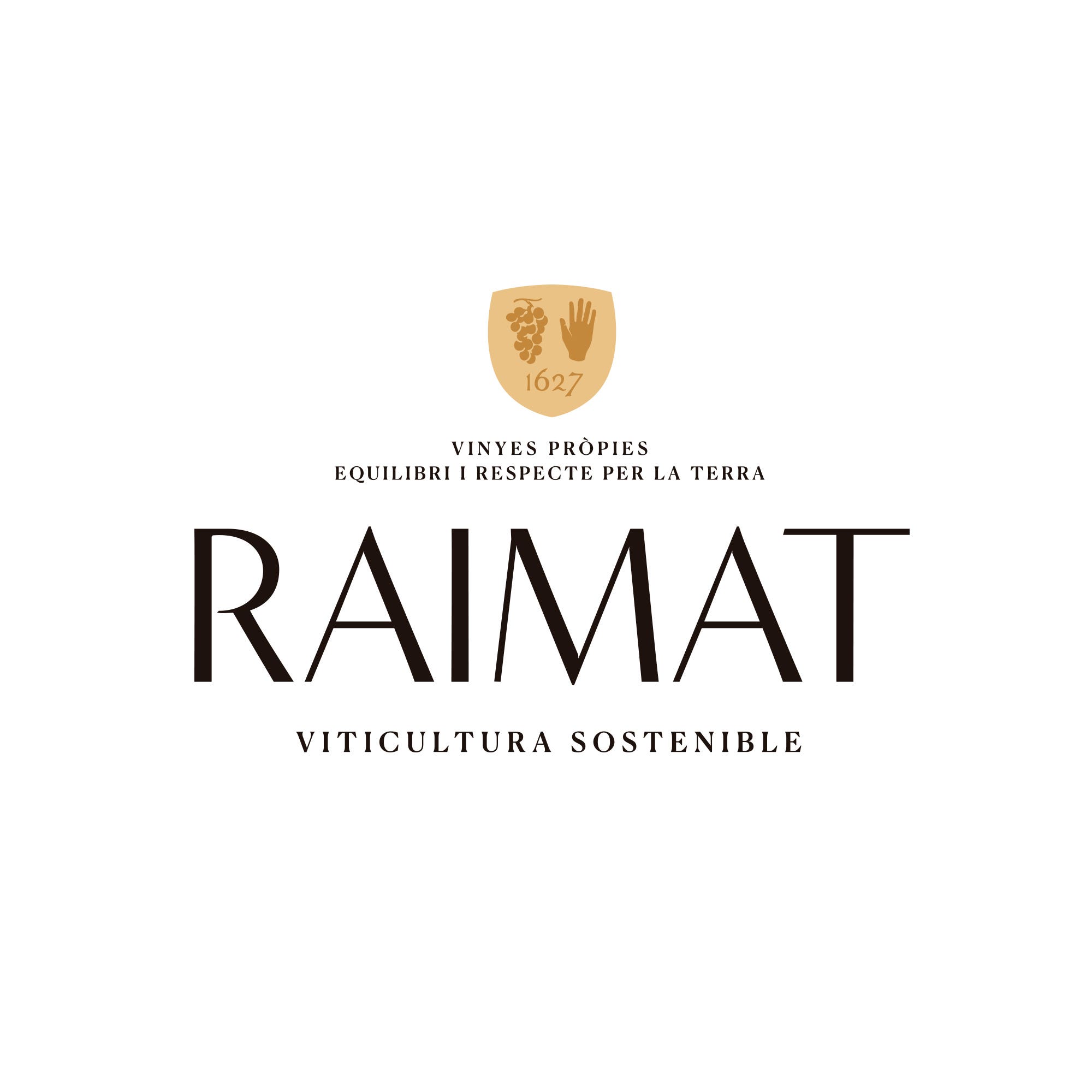

The history of Raimat goes back to 1914, when Manuel Raventós i Domènech acquired a plot of arid and unfertile land in a unique setting, converting it into what it is today: 2,245 hectares of 100% certified organic vineyards. Raimat is the expression of wines from Lleida, a land renowned for the quality of its fruit, where the continental climate means that the grapes from this estate give intense and flavourful wines. The winery is a pioneer in the use of the latest growing and winemaking technology, making a clear commitment to sustainable viticulture and to respecting the land and the environment.
Elaboration - Vinification
Thanks to the possibility of harvesting in a staggered way, different styles of Chardonnay are obtained.
Chardonnay was harvested in three phases: the first with a potential alcohol of 12% (to get the citrus flavors), the second with 13% (tropical flavors) and the third time with potential alcohol of 14% (ripe apricot flavors).
The grapes come during the night, a fact that allows them to reach low temperatures, to keep the aromas of the variety and avoid unwanted oxidations. An immediate pressing is carried out, after which a natural clarification takes place at low temperatures for 24-48h.
Once the must is cleaned, it is transferred to a stainless steel tank with a cold system to perform a controlled fermentation between 16-18°C. After the alcoholic fermentation, the wines are conserved in deposits, avoiding their oxidation, until the moment of the bottling.
Thanks to the possibility of harvesting in a staggered way, different styles of Chardonnay are obtained. The coupage consists in mixing these styles to give complexity to the wine, without moving away from the initial objective: to maintain the expression of the fruit and the freshness.


Vineyard - Viticulture
Selected grapes exclusively from organic vineyards of Raimat.
Selected grapes exclusively from organic vineyards of Raimat.
Chardonnay for quiet wine comes from vineyards with two types of soils: some are shallow, with thick texture and loamy and the others are deep, with a sandy-loamy texture. This difference allows to obtain grapes fresher, mineral and with more acidity for the first type of soil and grapes more mature and with intense aromas to fruits for the second one. The techniques of cultivation consist in: maintaining a vegetal cover of autochthonous species that favor the biological wealth; Techniques of control maturity by GPS, elaboration of maps of maturity... All these techniques favor the biological richness of the zone, the homogenous maturation of the clusters in the strain, Better control of the pests and consequently, it is possible to harvest the grapes at their optimum maturity point with an expression of aromas and exceptional flavors.

